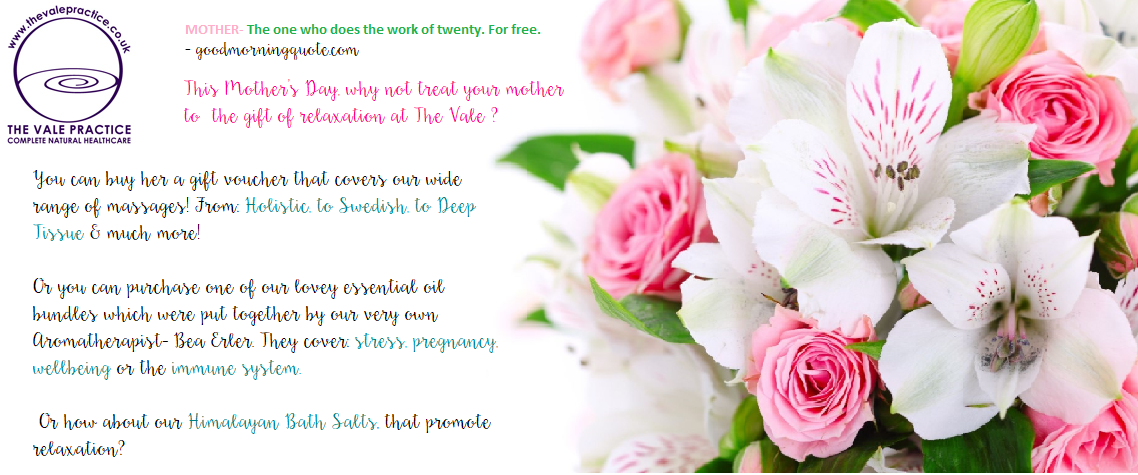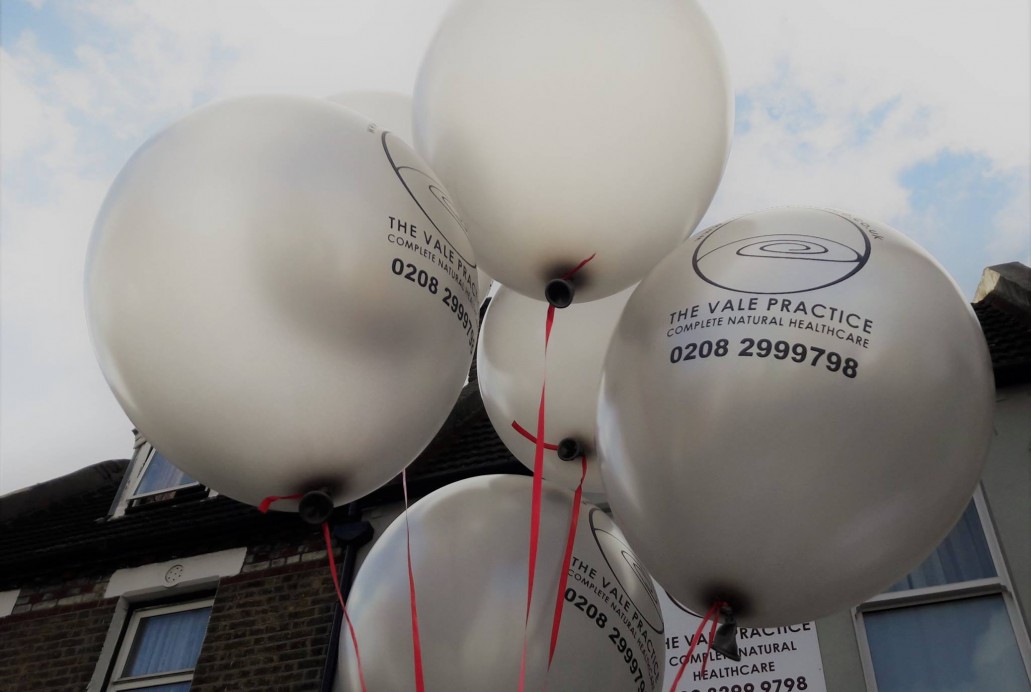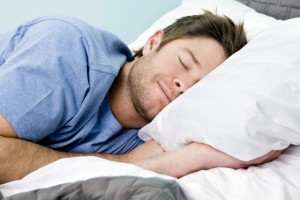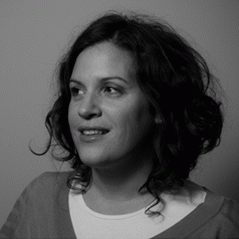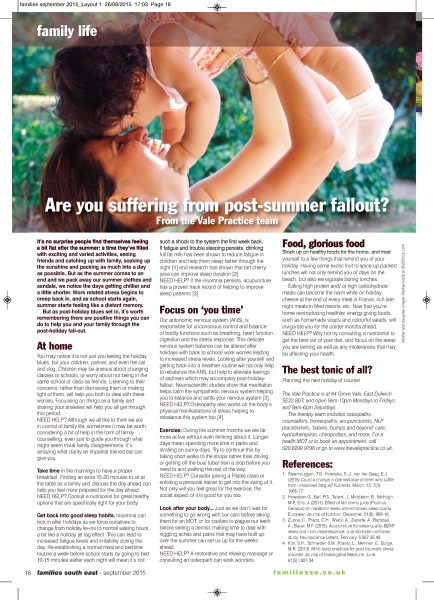Holidays are the perfect time to relax, seek adventure, and make unforgettable memories. However, the journey to your dream destination can often be stressful and physically taxing. Long hours of travel, whether by plane, car, or train, can leave you feeling stiff, sore, and fatigued. That’s where osteopathy comes in! Here’s why you should consider seeing an osteopath before you set off on your holiday:
Alleviate Pain and Discomfort
Traveling usually means being stuck in cramped spaces for hours, which can aggravate any existing pain in your back, neck, and joints. Osteopathy uses hands-on techniques to relieve pain, reduce muscle tension, and improve joint mobility. Imagine starting your holiday pain-free and comfortable—that’s a game-changer!
Enhance Mobility and Flexibility
Good mobility and flexibility are crucial for enjoying an active holiday. Whether you’re hiking, swimming, or exploring a new city, being flexible and mobile makes a huge difference. Osteopathic treatments can improve your range of motion and increase muscle flexibility, making all your holiday activities more enjoyable and reducing the risk of injury.
Reduce Stress and Anxiety
Let’s face it, planning a holiday and the journey itself can be pretty stressful. Osteopathy includes gentle stretching, soft tissue manipulation, and relaxation exercises that help lower your stress levels and promote a sense of calm. This mental and physical relaxation can make you feel more at ease as you embark on your holiday adventure.
Improve Circulation
Long flights or car rides can mess with your circulation, leading to swelling in your legs and increasing the risk of conditions like deep vein thrombosis (DVT). Osteopathic treatments can enhance blood flow and lymphatic drainage, reducing swelling and improving overall circulation. This is especially helpful if you have a long journey ahead.
Prevent Travel-related Issues
Osteopaths can provide you with personalized advice on posture and exercises to do during your travels. This can help prevent common travel-related issues like back pain, stiffness, and fatigue. By following these guidelines, you can maintain better posture and movement patterns during your trip.
Boost Overall Well-being
Osteopathy isn’t just about fixing aches and pains—it’s about promoting general well-being. The holistic approach can enhance your overall health, making you feel more energetic and ready to enjoy your holiday. When your body feels balanced and well-aligned, you’re likely to have a more positive holiday experience.
Getting ready for a holiday is more than just packing your bags; it’s about making sure your body is in the best shape to enjoy the trip. Osteopathy offers a range of benefits that can help alleviate pain, improve mobility, reduce stress, and enhance overall well-being. So, before you head off on your next adventure, consider scheduling an osteopathic session to make the most of your holiday. Trust me, your body will thank you!


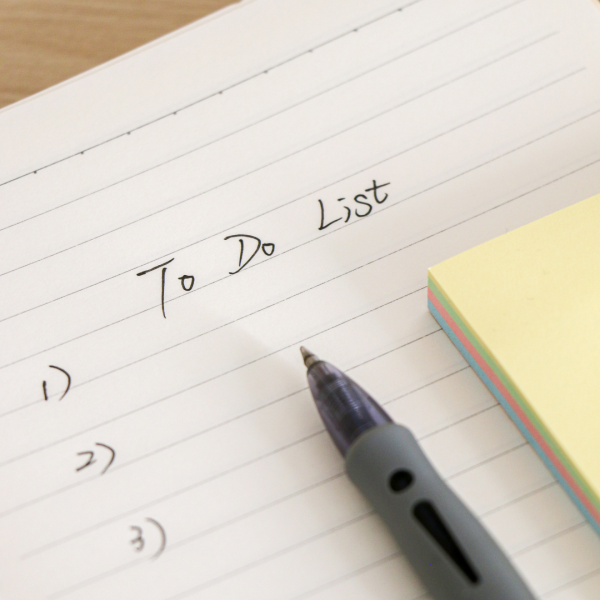
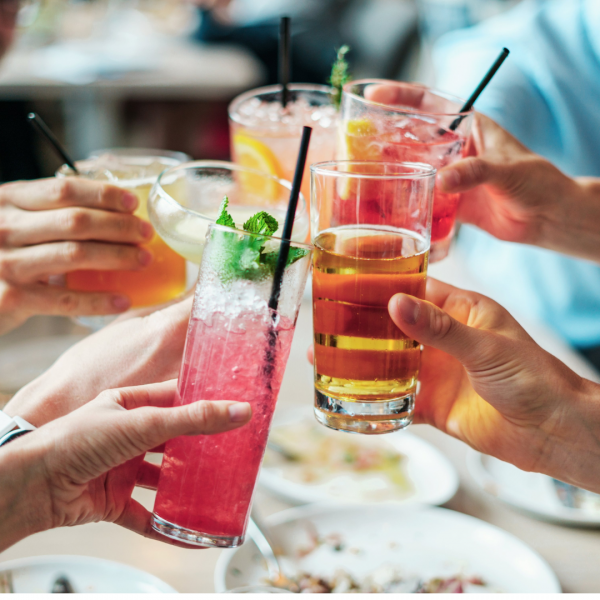
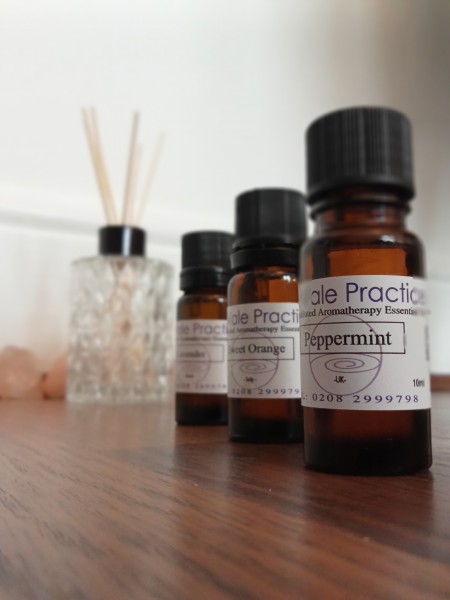
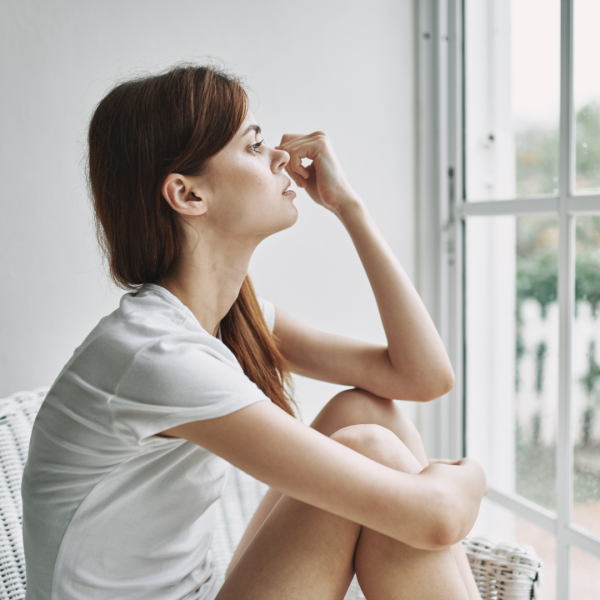

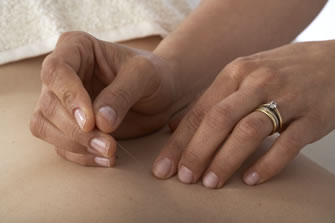


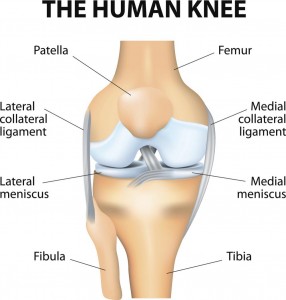
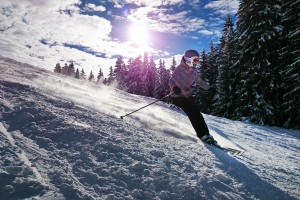 Core stability is also very important when skiing as maintaining good control of your movements and your form are key to preventing accidents on the slopes as well as helping to improve your technique. Using a wobble board for a few minutes
Core stability is also very important when skiing as maintaining good control of your movements and your form are key to preventing accidents on the slopes as well as helping to improve your technique. Using a wobble board for a few minutes
